Inside Downing Street: behind the famous doors
Boris Johnson’s new home is a sprawling warren of 100 rooms
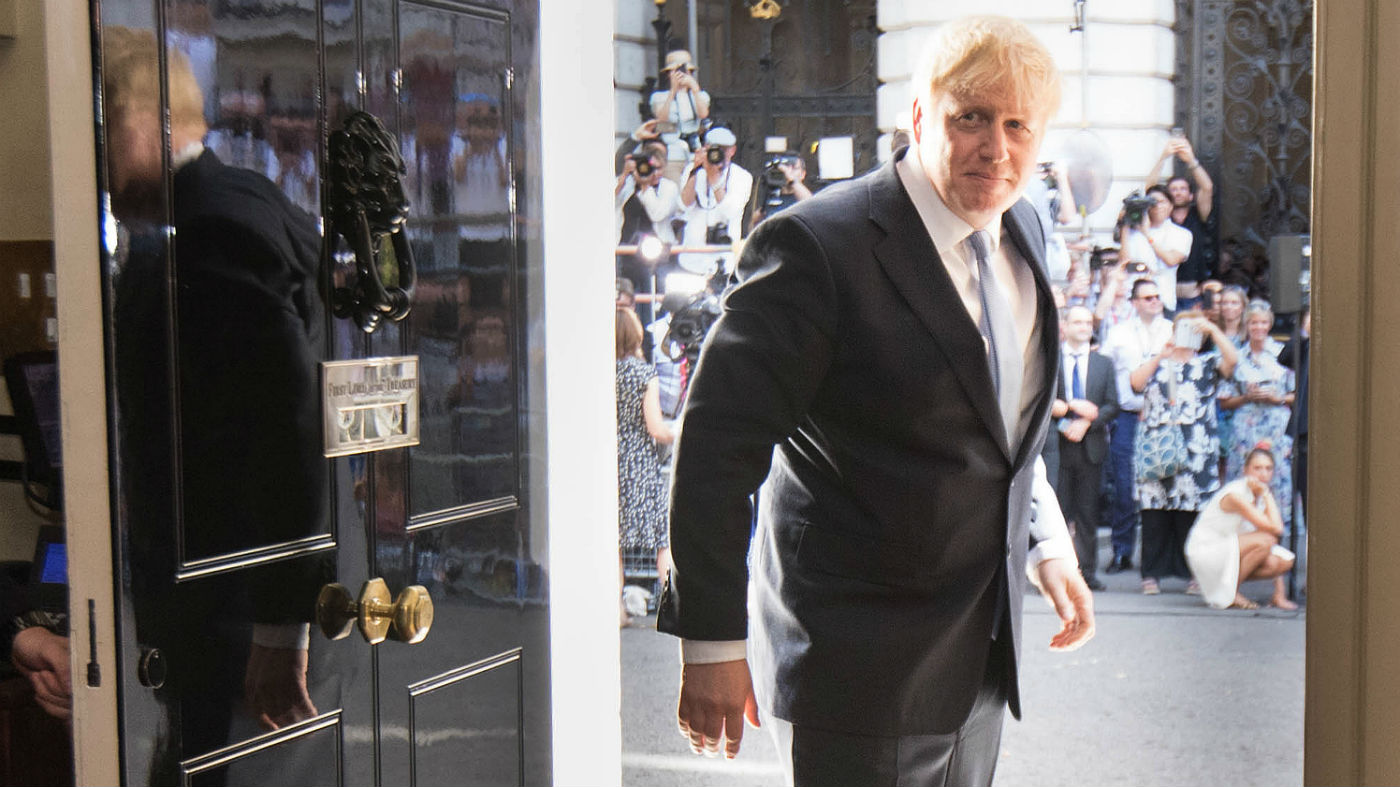
Boris Johnson and his girlfriend Carrie Symonds have become the first unmarried couple to take up official resident in Downing Street after moving into the prime ministerial home earlier this week.
The couple are residing in the spacious four-bedroom apartment above No. 11, while Chancellor Sajid Javid and his wife and four children split their time between the two-bed flat at No. 10 and their other London home.
The Sun reports that Symonds sought advice from former ‘first lady’ Samantha Cameron on living in the public eye at one of the UK’s most famous addresses. The familiar black-fronted townhouse has been the backdrop for many major moments in political history.
The Week
Escape your echo chamber. Get the facts behind the news, plus analysis from multiple perspectives.

Sign up for The Week's Free Newsletters
From our morning news briefing to a weekly Good News Newsletter, get the best of The Week delivered directly to your inbox.
From our morning news briefing to a weekly Good News Newsletter, get the best of The Week delivered directly to your inbox.
But while the famous front door has featured in countless news reports, including the recent resignation of Theresa May, only a privileged few see what goes on inside the No. 10 complex. Containing around 100 rooms, there is plenty to explore.
Shaky start
The handful of terraced houses known as Downing Street was built between 1682 and 1684 – and were thrown up cheaply on unsuitably boggy foundations. This would eventually become a catastrophic issue for No. 10 (or No. 5 as it was known until the street was renumbered in 1779).
In 1735, Robert Walpole became the first prime minister – then known as the First Lord of the Treasury – to use 10 Downing Street as his official residence.
A free daily email with the biggest news stories of the day – and the best features from TheWeek.com
However, over time, the house’s underlying structural deficiencies meant walls cracked and floors sagged, leading to parts of the building being declared off-limits. Indeed, demolition was proposed more than once. Understandably, most PMs chose to remain in their private London homes rather than inhabit what William Pitt the Younger called a “vast, awkward house”.
National treasure
In the late 19th century, Benjamin Disraeli and William Gladstone finally remodelled and modernised the long-neglected No. 10, transforming it into a suitable official residence for the nation’s leader.
Workmen carrying out another major renovation in the 1950s made a surprising discovery – the original brickwork was actually yellow, but had been blackened over the years by dirt and soot. However, the dark facade was so familiar by then that it was eventually decided to cover the cleaned bricks with black paint.
Since 1902, PMs and their families have divided their time between living “over the shop” at Downing Street and at the official country residence, Chequers.
Tardis
“The building is much larger than it appears from its frontage,” says Sir Anthony Seldon, who has written biographies of former UK leaders John Major, Tony Blair and Gordon Brown. The iconic townhouse we refer to as No. 10 is actually only the front part of a far larger complex, having been joined onto the mansion behind it in the early 18th century.
The prime ministerial residence’s offices and state rooms have also taken over most of No. 12, accessed via a tunnel through No. 11, which is the chancellor’s official residence.
Despite its overall size, No. 10’s residential area consists of a “poky” flat. Blair and Cameron both elected to live in the more spacious private quarters of No. 11, but Gordon Brown and Theresa May stuck with No. 10.
In all, No. 10 consists of around 100 rooms. Here are a few key locations in the house:
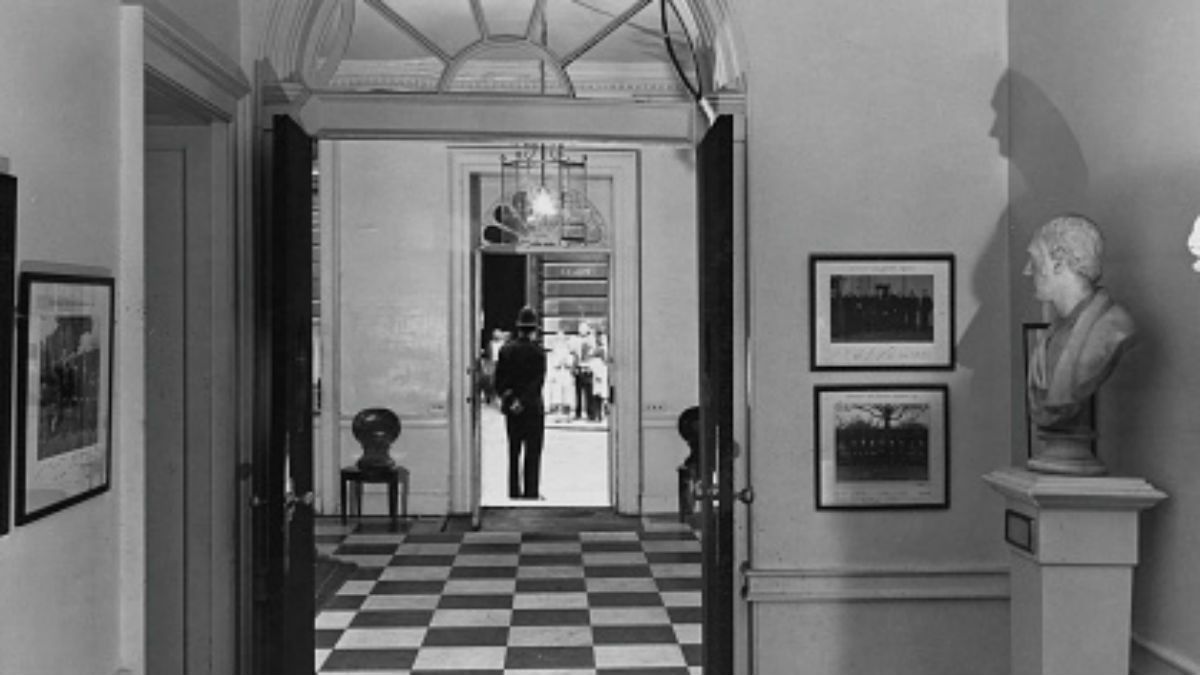
Entrance hall: visitors step over the threshold into a large entrance hall, the gateway to the vast warren of corridors and staircases that make up the sprawling building. The hall’s famous black and white tiles were first installed in the 1770s by Lord North, who was also responsible for the distinctive lion’s-head knocker on the front door.
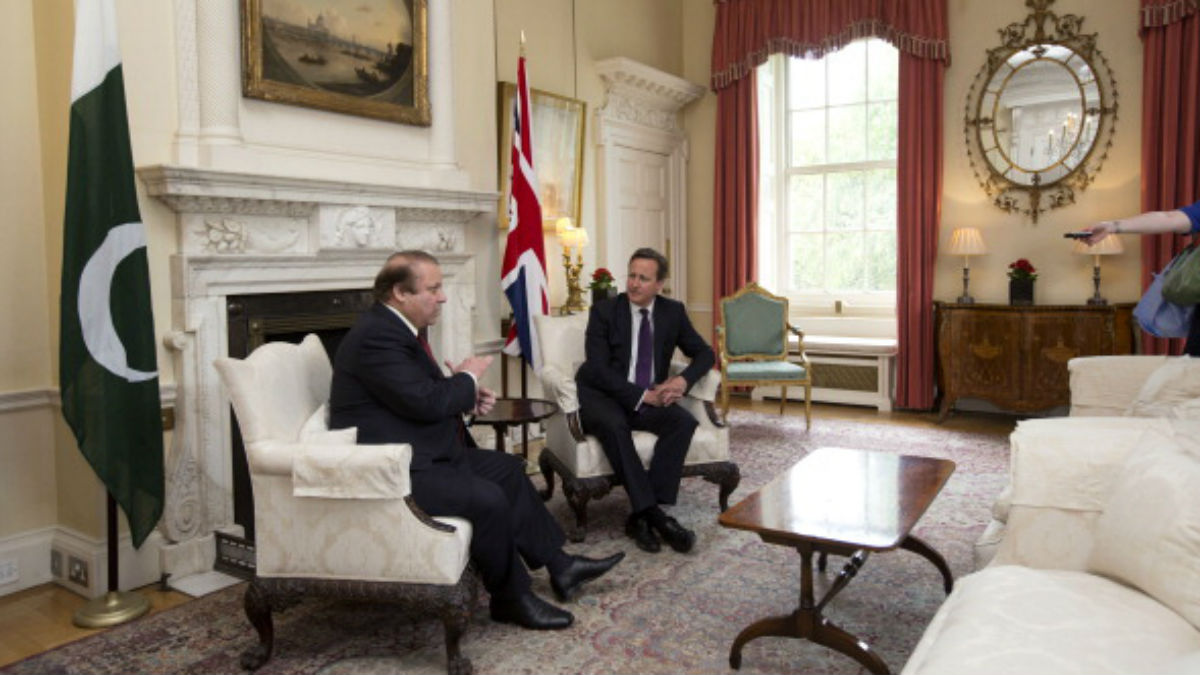
White Room: once a private drawing room, the White Room became a meeting room in the 1940s and is now familiar to TV viewers as a frequent setting for televised interviews. The corner mouldings, designed by Prince Charles’s favourite architect, Quinlan Terry, display the UK’s four national flowers: the English rose, Scottish thistle, Welsh daffodil and the (Northern) Irish shamrock.
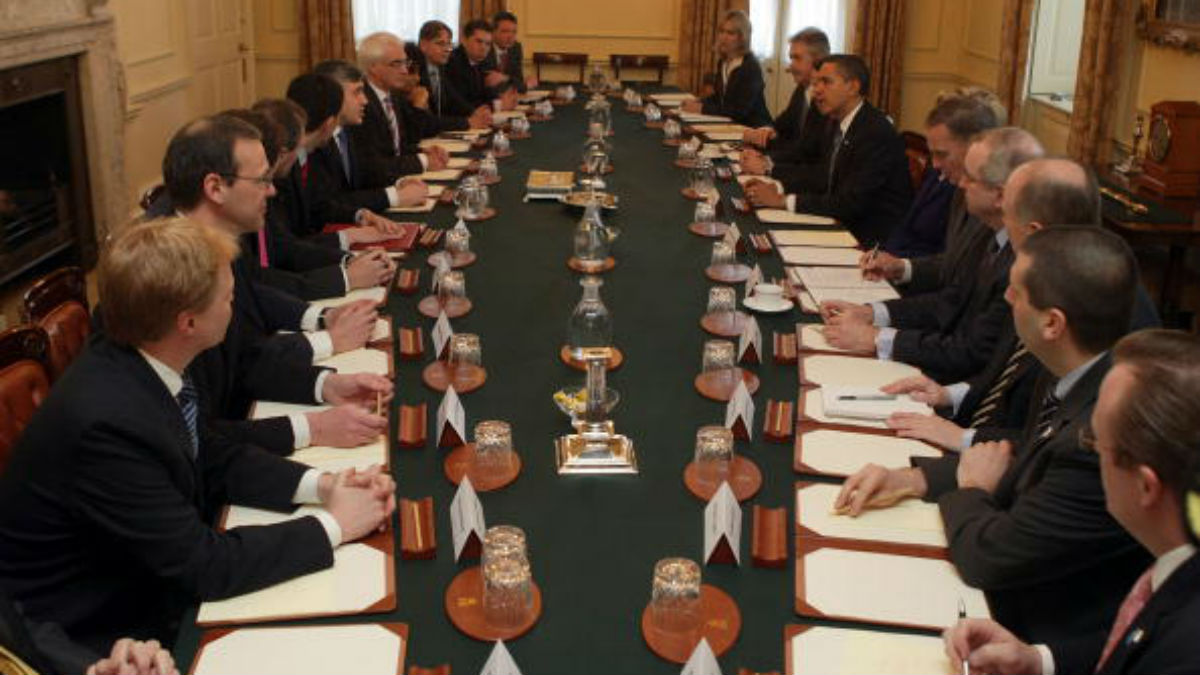
Cabinet Room: sealed off from the rest of the building by soundproof doors, the Cabinet Room is the location of weekly meetings, traditionally held on Thursday, where the PM and chief ministers discuss key issues.
On 7 February 1991, a mortar bomb fired by the Provisional IRA exploded in the garden of No. 10. As the Cabinet Room was rocked by the impact, then prime minister John Major reportedly remarked: “I think we had better start again, somewhere else.”
On a closing note, although many newspapers have spoken of new PMs being handed “the keys to No 10”, there is in fact no lock or handle on the door, says History.com. The front door can only be opened from the inside by a guard posted for that specific purpose.
-
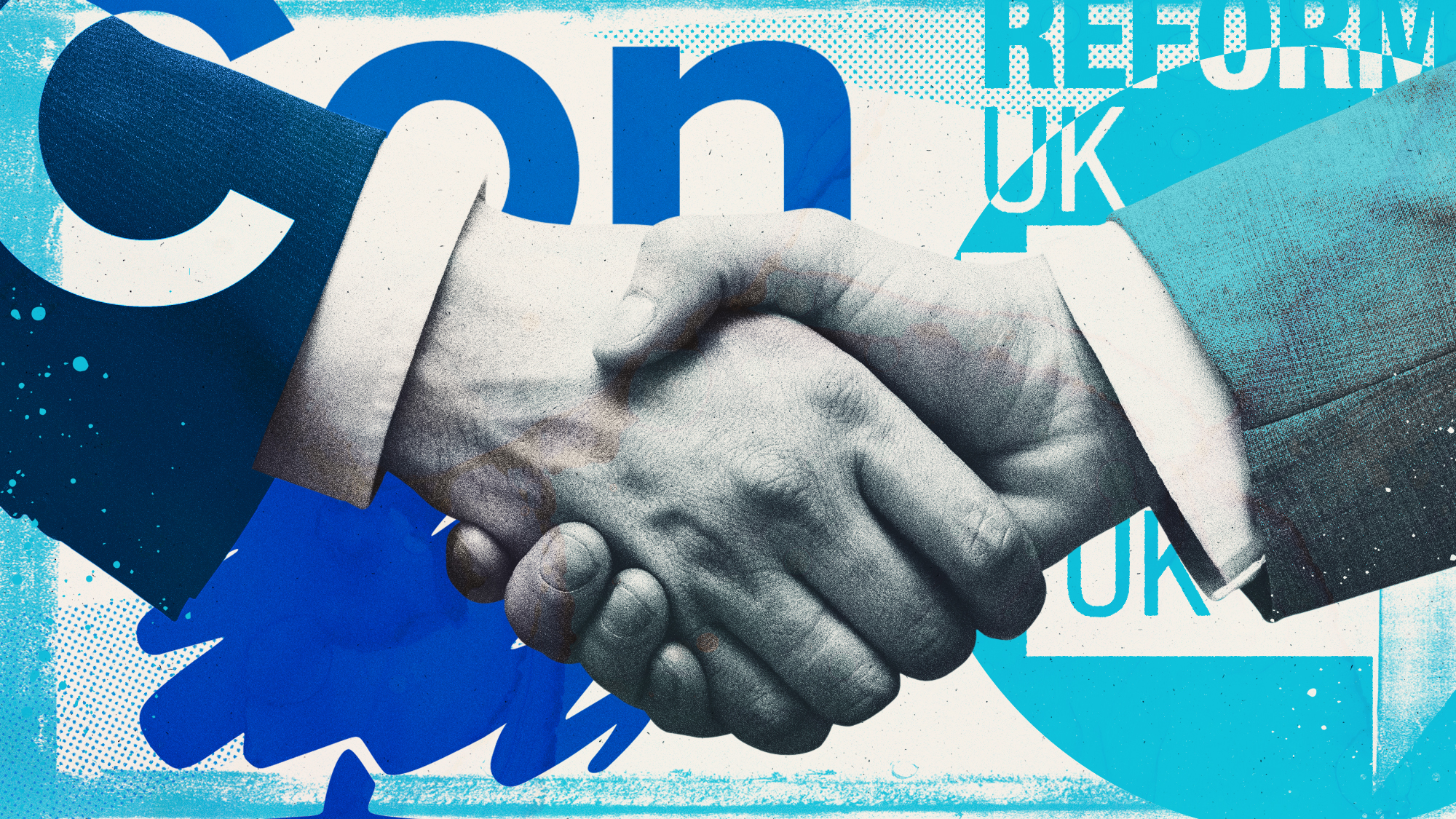 Is a Reform-Tory pact becoming more likely?
Is a Reform-Tory pact becoming more likely?Today’s Big Question Nigel Farage’s party is ahead in the polls but still falls well short of a Commons majority, while Conservatives are still losing MPs to Reform
-
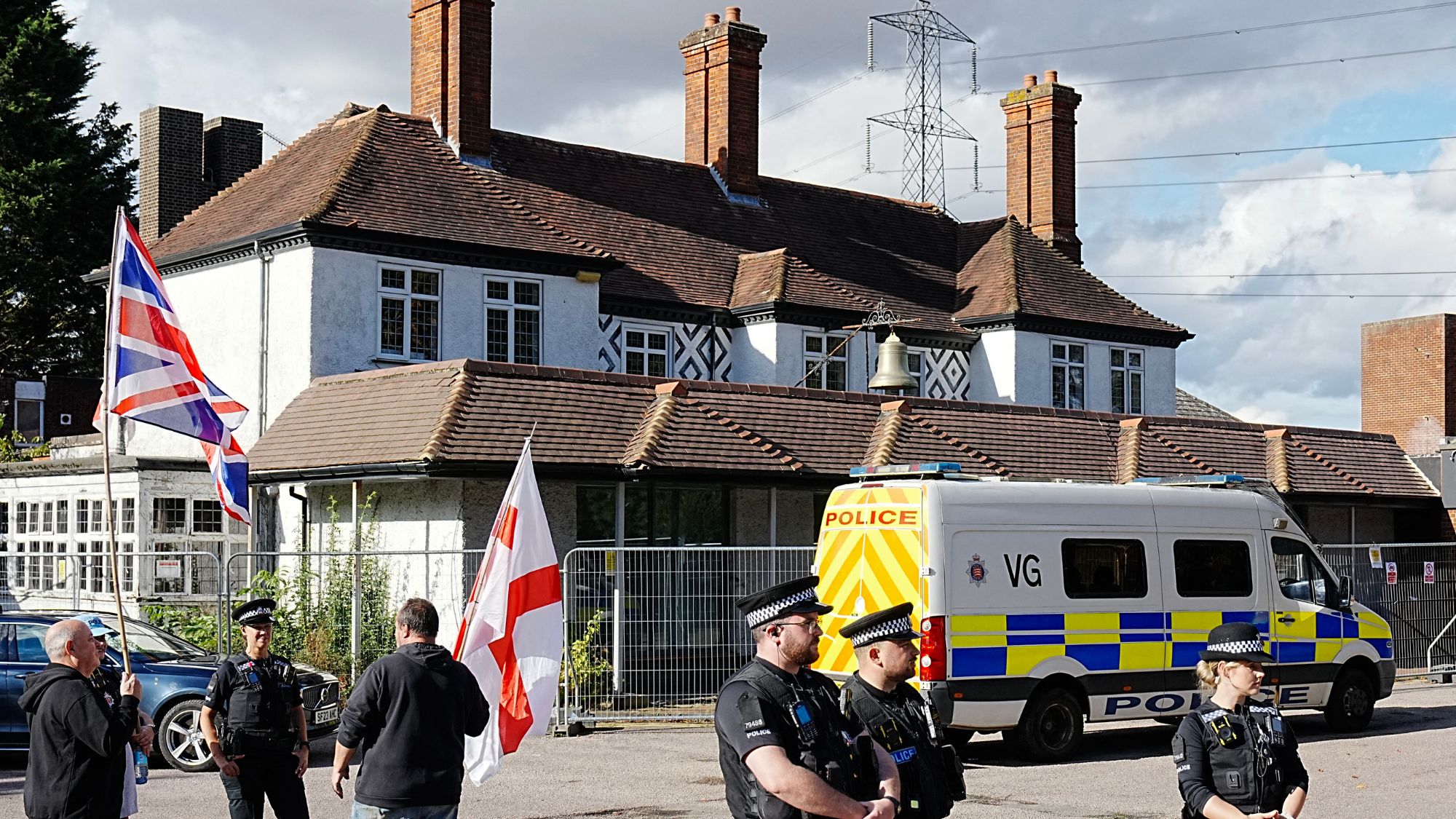 Asylum hotels: everything you need to know
Asylum hotels: everything you need to knowThe Explainer Using hotels to house asylum seekers has proved extremely unpopular. Why, and what can the government do about it?
-
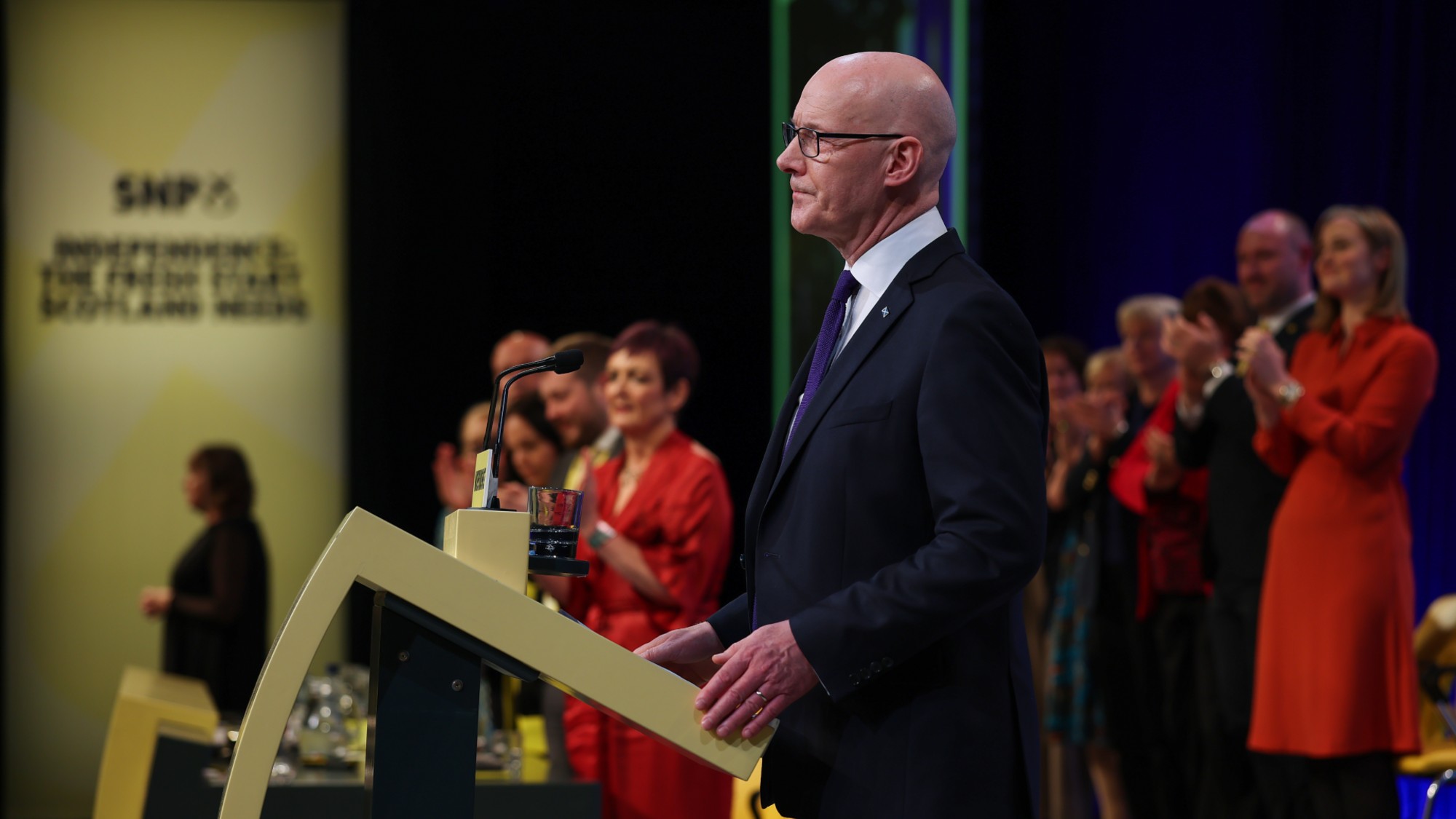 Taking the low road: why the SNP is still standing strong
Taking the low road: why the SNP is still standing strongTalking Point Party is on track for a fifth consecutive victory in May’s Holyrood election, despite controversies and plummeting support
-
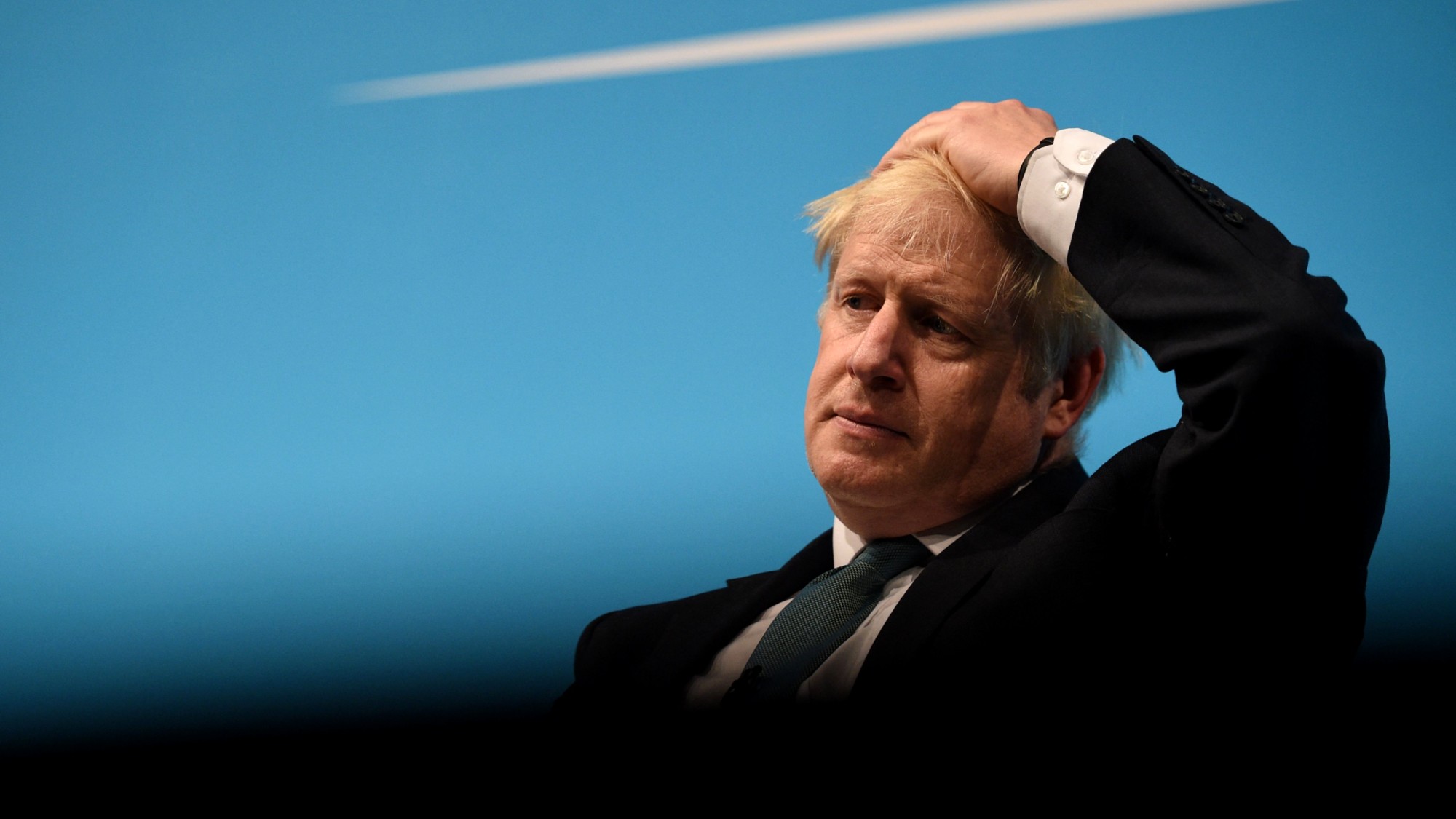 Behind the ‘Boriswave’: Farage plans to scrap indefinite leave to remain
Behind the ‘Boriswave’: Farage plans to scrap indefinite leave to remainThe Explainer The problem of the post-Brexit immigration surge – and Reform’s radical solution
-
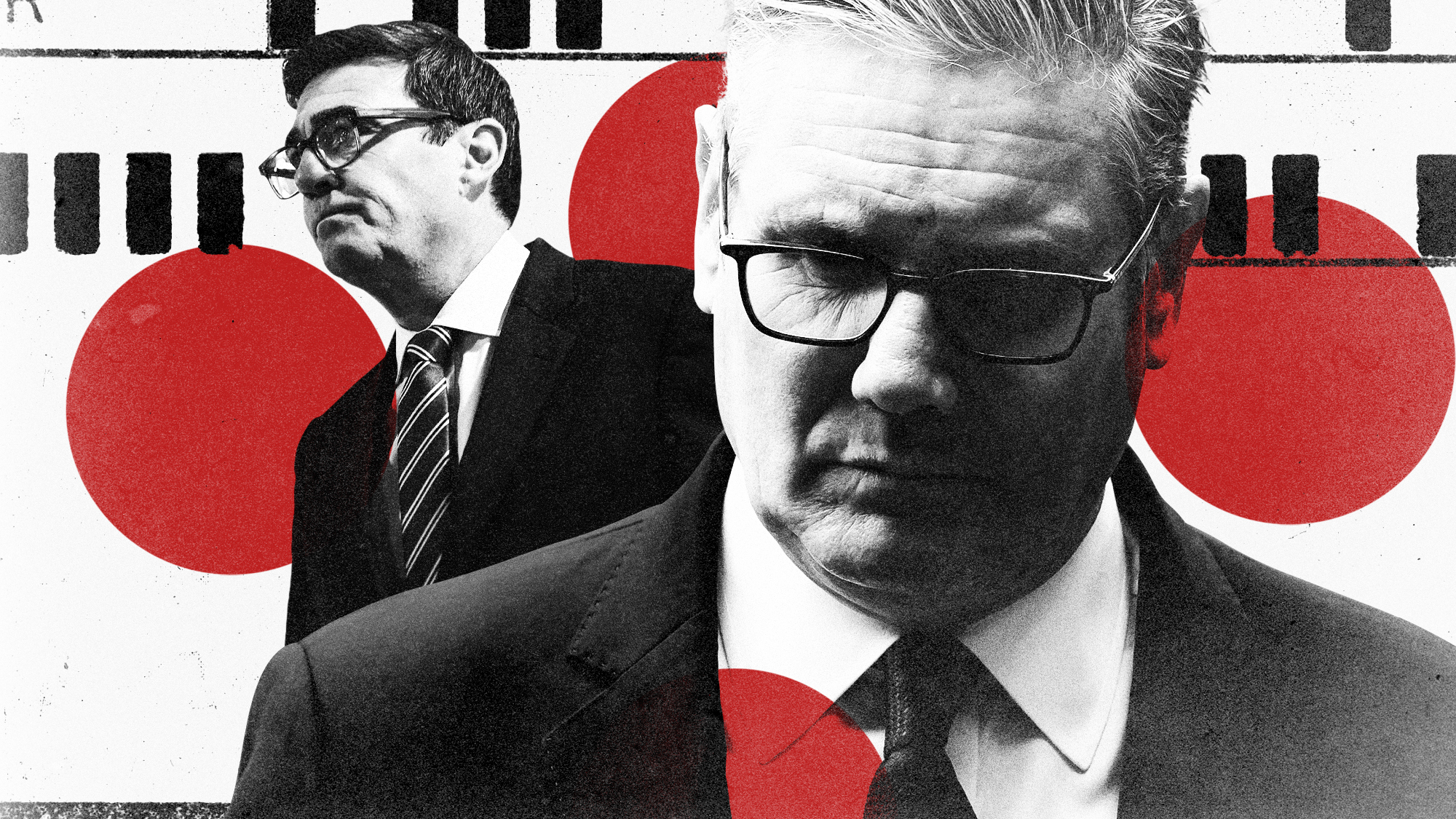 Is Andy Burnham making a bid to replace Keir Starmer?
Is Andy Burnham making a bid to replace Keir Starmer?Today's Big Question Mayor of Manchester on manoeuvres but faces a number of obstacles before he can even run
-
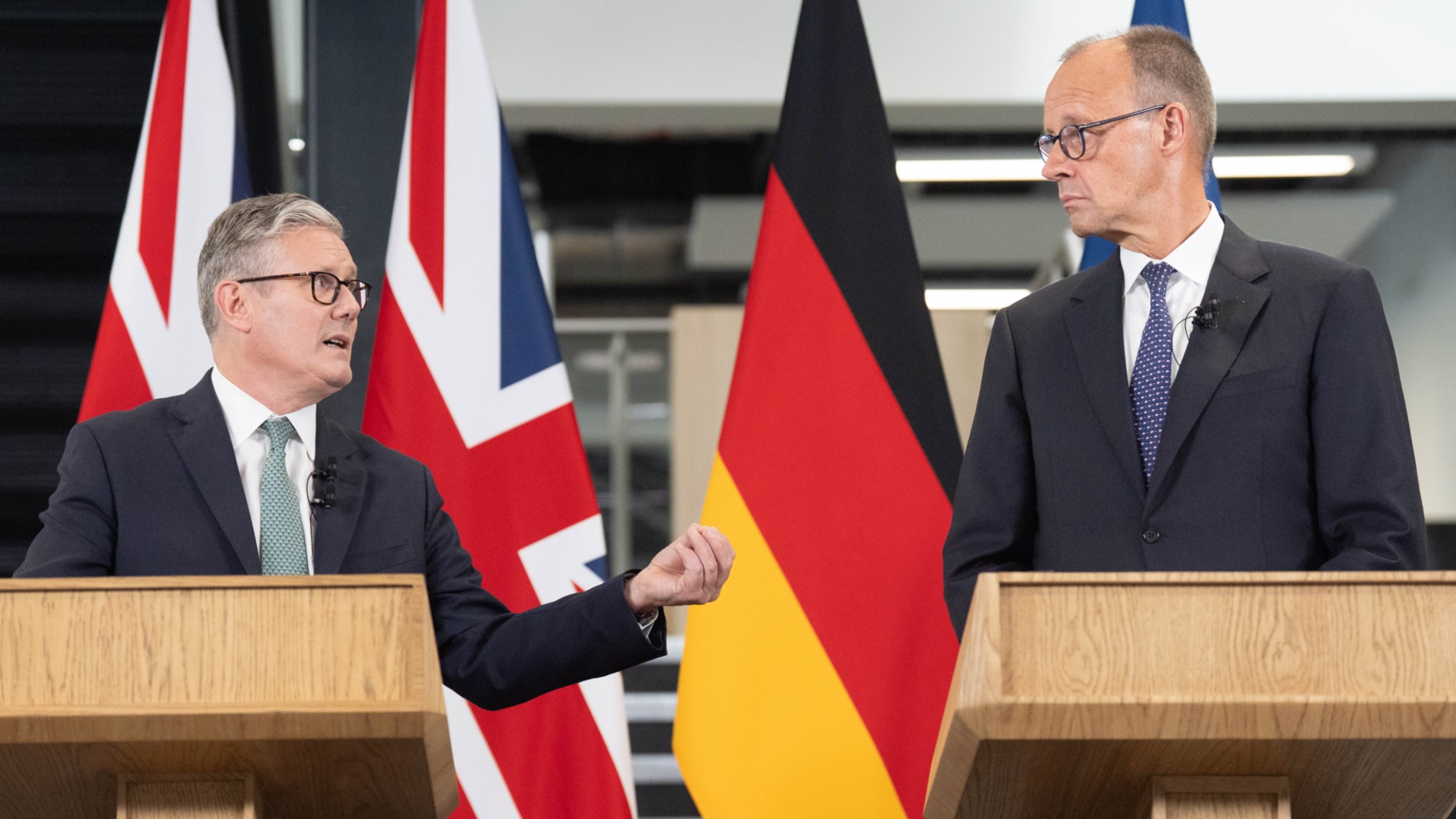 What difference will the 'historic' UK-Germany treaty make?
What difference will the 'historic' UK-Germany treaty make?Today's Big Question Europe's two biggest economies sign first treaty since WWII, underscoring 'triangle alliance' with France amid growing Russian threat and US distance
-
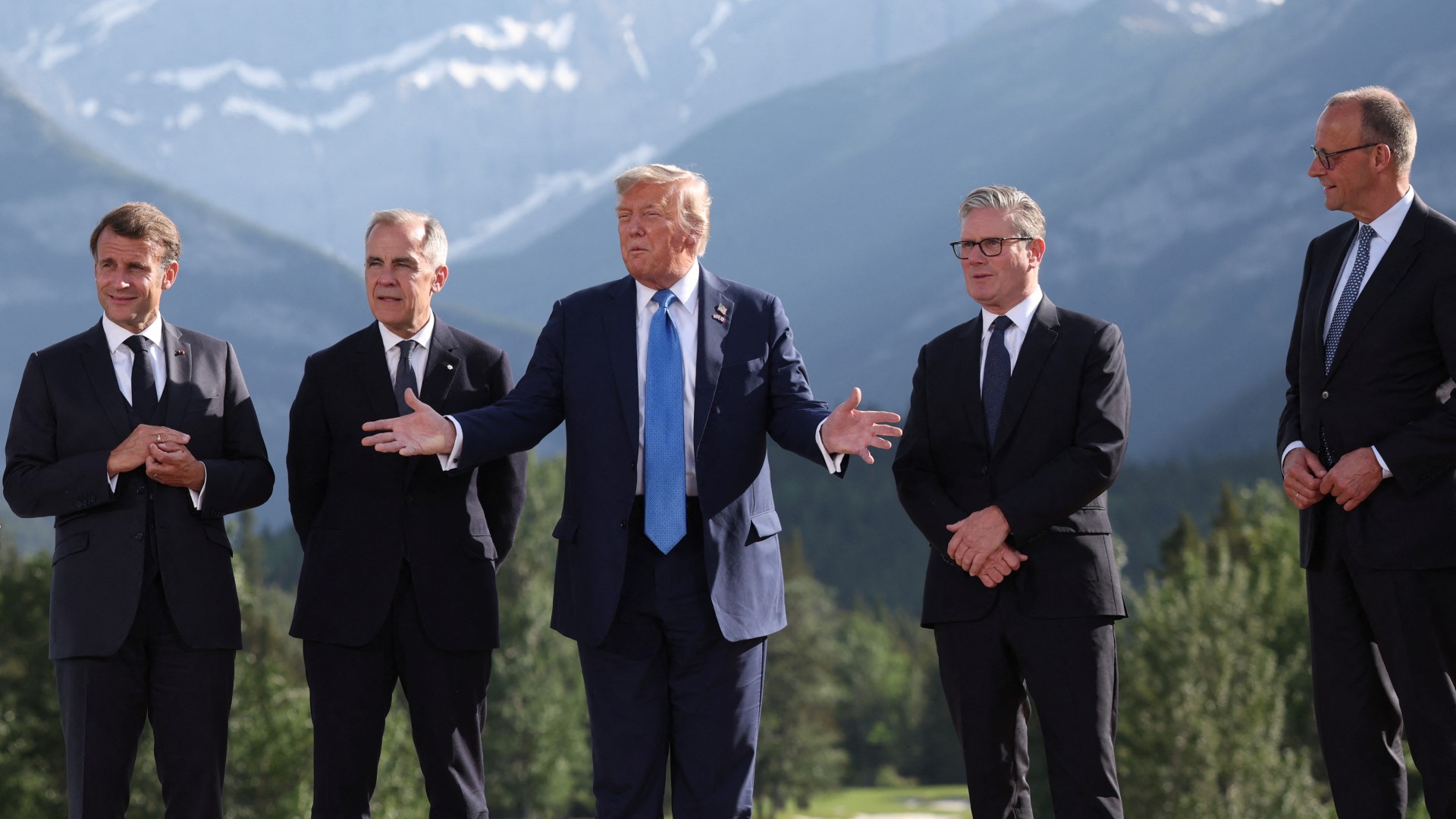 Is the G7 still relevant?
Is the G7 still relevant?Talking Point Donald Trump's early departure cast a shadow over this week's meeting of the world's major democracies
-
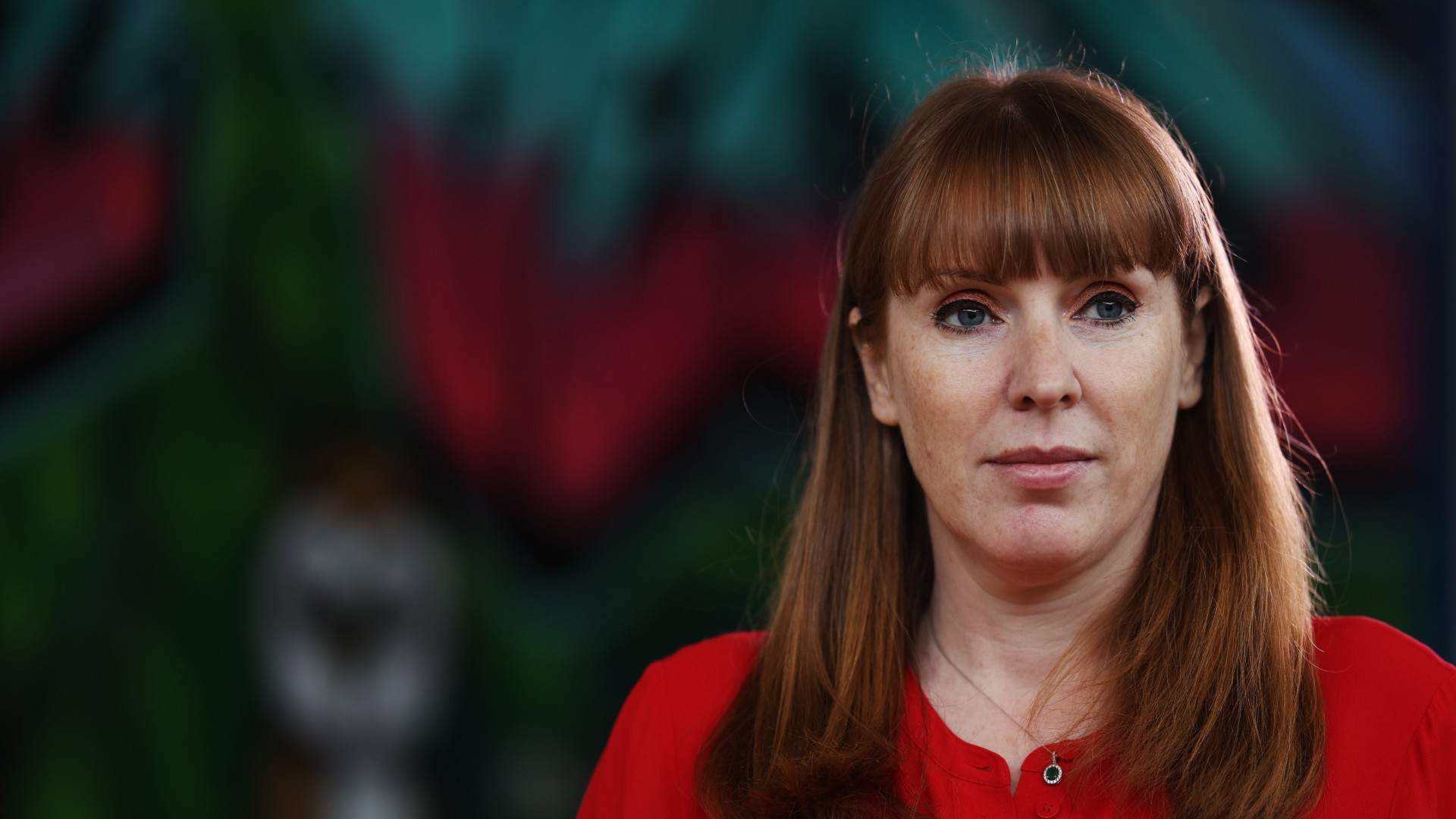 Angela Rayner: Labour's next leader?
Angela Rayner: Labour's next leader?Today's Big Question A leaked memo has sparked speculation that the deputy PM is positioning herself as the left-of-centre alternative to Keir Starmer

